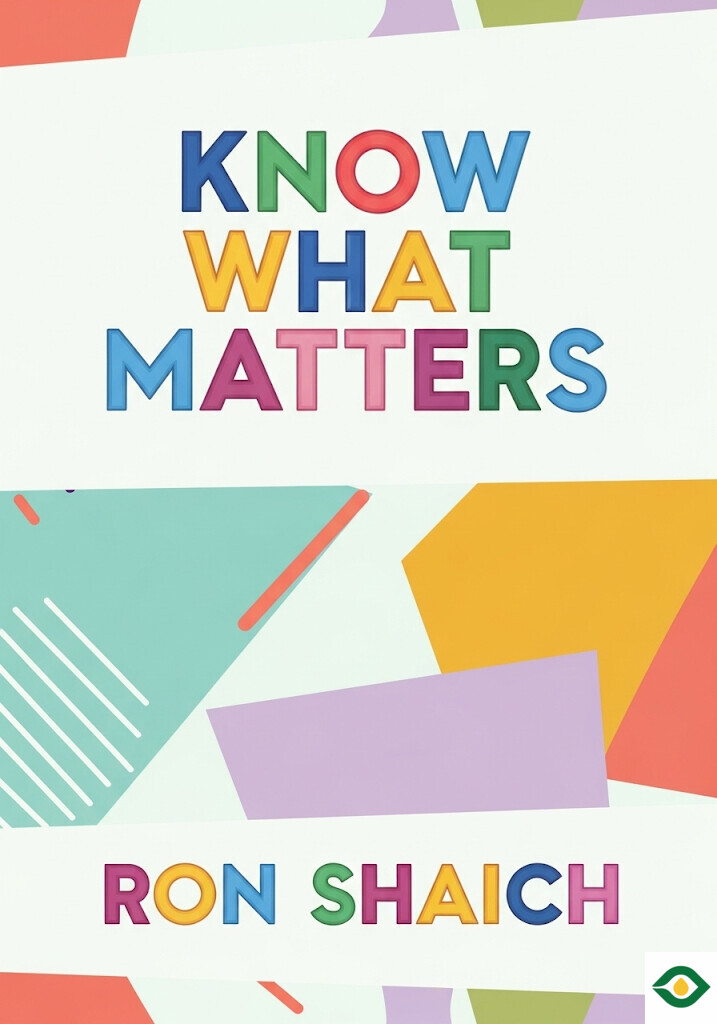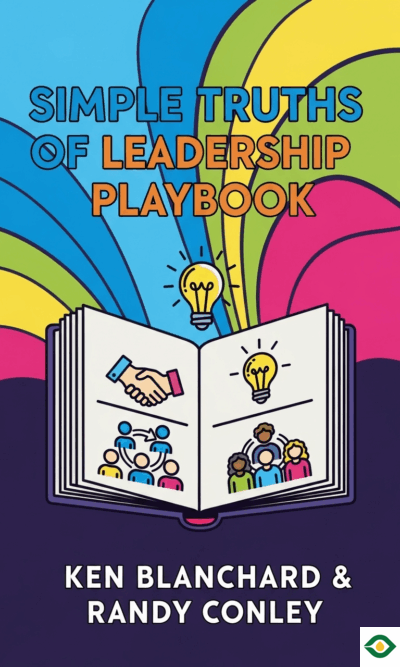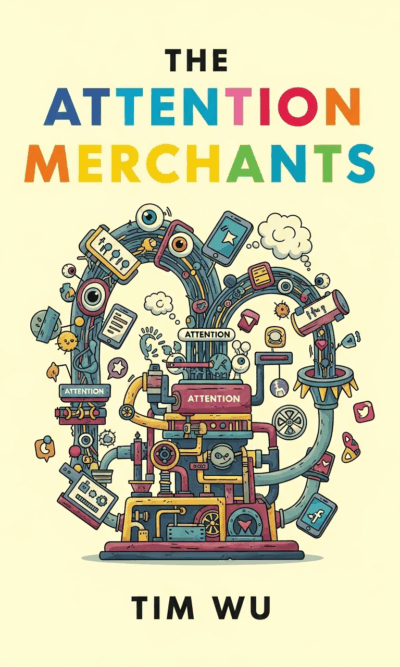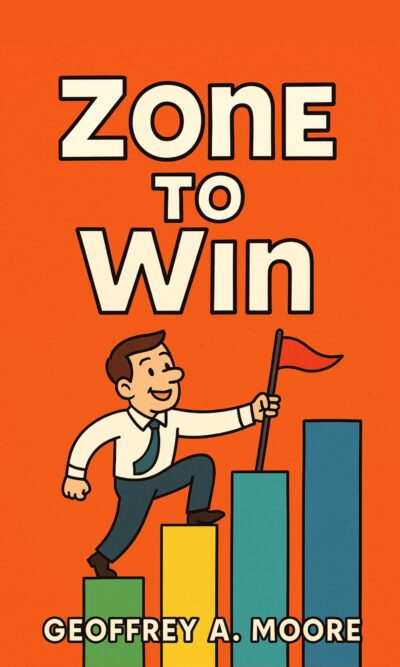Description
Every successful business lives on a very simple truth: people want something, and they want to get it without too much effort. This balance between desire and friction decides whether a customer walks away satisfied or frustrated. If desire is high but friction is higher, the product loses its magic. If friction is low and desire is strong, customers keep coming back again and again.
Think about a simple sandwich. You crave it from your favorite café. The thought of biting into warm bread and fresh fillings makes you smile. But then comes the reality: driving through heavy traffic, circling a crowded parking lot, waiting in a long line, and then standing around for the food to be ready. By the time the sandwich is in your hand, much of the excitement has already faded. You wanted it, but the obstacles made you question if it was really worth the trouble.
This is what Ron Shaich, the founder of Panera Bread, calls the “desire-friction ratio.” It means every product or service exists inside a balance. Desire represents how badly people want something. Friction represents how hard it is for them to actually get it. When friction outweighs desire, the experience loses its shine. But when businesses make things smooth and simple, desire stays strong, and customers feel rewarded instead of drained.
Amazon is one of the clearest examples. Millions of people want its products because the selection is massive. But more than that, the friction is almost invisible. One-click ordering, fast delivery, easy returns, and Prime perks make the experience nearly effortless. The company figured out that removing even small hurdles builds loyalty. Buying doesn’t feel like work. It feels like magic.
Shaich learned this lesson from his own journey at Panera Bread. As the founder, he had always believed in making the food great. But when he stepped down as CEO and returned to being just another customer, he saw the cracks more clearly. Parking lots were full, lines were long, and ordering was clumsy. The food still tasted wonderful, but the process of getting it often left people annoyed. The friction was too high.
One day, Shaich even saw a delivery person bring a competitor’s sandwich right into Panera. That moment was a wake-up call. He realized customers were finding easier paths elsewhere. They didn’t necessarily want a “better” sandwich. They wanted less hassle.
This pushed him to reimagine Panera’s future. For years, he had resisted technology, preferring to keep things traditional. But now he saw that technology wasn’t the enemy — it was the solution. It could be used to strip away friction and make the experience smoother. He set out to make Panera as convenient in food as Amazon was in shopping.
The changes were bold. Customers could order online and pick up quickly. They could have food delivered to their homes or offices. Inside the cafés, staff could bring meals directly to tables, skipping the line entirely. Ordering became easier, faster, and less stressful.
This transformation worked on two levels. On the business side, sales grew. Customers visited more often and spent more money because the process was less painful. But the deeper impact was human. Panera became part of people’s daily lives in a way that felt natural and supportive. A busy parent could grab dinner without juggling kids in a long line. An office worker could have lunch arrive right at their desk. These small changes added up to a big improvement in everyday routines.
The desire-friction ratio also teaches a broader lesson beyond sandwiches and shopping. It shows that quality alone is not enough. A brilliant product can fail if the path to getting it is full of barriers. People are naturally drawn to convenience. If something is too complicated, they will quickly look for alternatives. But if the journey is pleasant and simple, even ordinary products can feel extraordinary.
We can see this lesson everywhere. Streaming services beat DVDs not just because the content was good, but because pressing “play” was easier than going to a store. Ride-sharing apps grew not just because of cars, but because ordering one took a few taps instead of a phone call. Grocery delivery is booming not because food is new, but because avoiding checkout lines saves time and stress.
The truth is simple: customers value their time, energy, and patience. Businesses that protect those things win loyalty. Those that ignore them lose it.
Shaich’s story shows that leaders must pay attention not only to the product but also to the process around it. He built Panera with passion for good food, but keeping it relevant required reducing the friction in every step. By returning as co-CEO, he didn’t just fix problems. He showed that businesses must constantly adjust, rethink, and remove barriers to keep up with how people actually live.
At its heart, the desire-friction ratio is about respect. Respect for customers’ time. Respect for their attention. Respect for the fact that life is already complicated enough. When businesses honor this by removing unnecessary effort, they not only make money, but also improve daily life.
The final takeaway is clear: success is not only about making people want your product, but about making it easy for them to enjoy it. A sandwich, a book, a gadget, or a ride — whatever it may be — should feel like a joy, not a chore. When desire is high and friction is low, customers don’t just buy. They stay. They return. They trust.
That is what truly matters.





